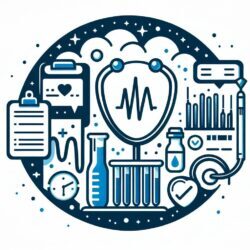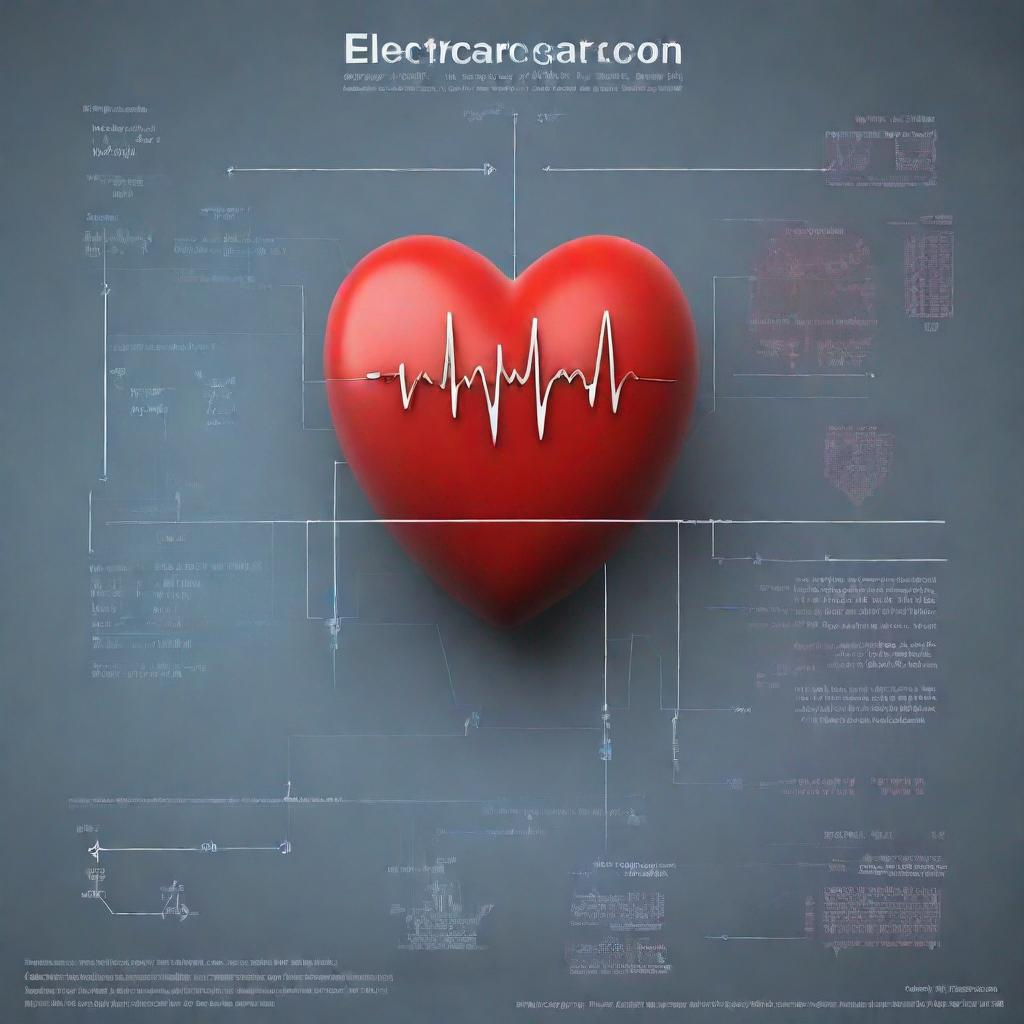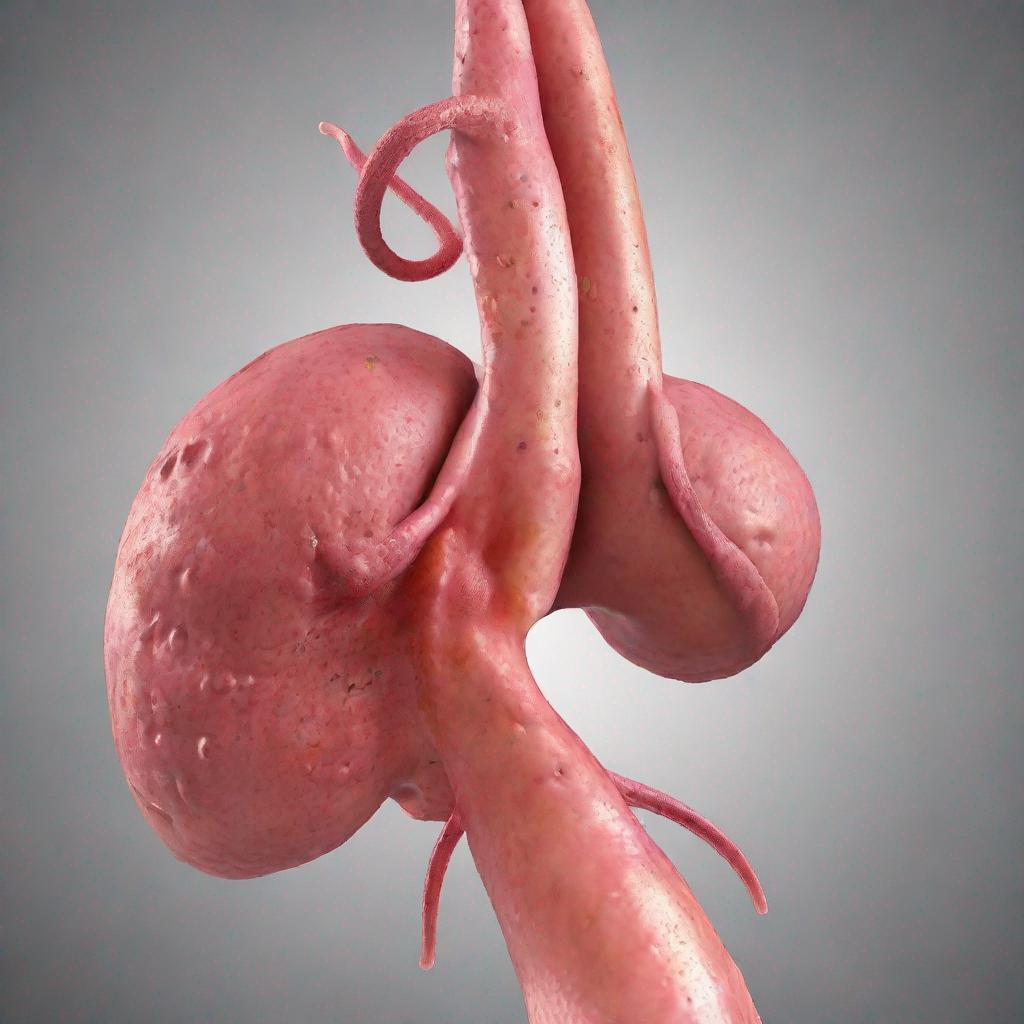# Other Respiratory Diseases
## Introduction
The term “other respiratory diseases” encompasses a wide range of conditions affecting the respiratory system, excluding the common cold, flu, and COVID-19. These diseases affect the **lungs**, **trachea**, **bronchi**, **bronchioles**, and **pleura**, causing various symptoms.
## Symptoms
Common symptoms of respiratory diseases include:
– Cough
– Wheezing
– Chest tightness
– Difficulty breathing
– Shortness of breath
## Diagnosing Respiratory Diseases
Diagnosing respiratory diseases typically involves obtaining a medical history, performing physical examinations, and ordering diagnostic tests, such as:
– **Spirometry:** Measures lung function by assessing air flow.
– **Chest X-ray:** Captures images of the lungs and chest cavity to detect abnormalities.
– **Computed tomography (CT) scan:** Provides detailed images of the lungs and surrounding structures.
– **Lung biopsy:** Removes a small sample of lung tissue for examination under a microscope.
## Treatment
Treatment options vary depending on the specific respiratory disease and its severity. Common treatments include:
– **Bronchodilators:** Medications that relax the muscles around the airways, making breathing easier.
– **Inhaled steroids:** Reduce inflammation in the airways.
– **Oxygen therapy:** Provides supplemental oxygen to improve breathing.
– **Respiratory rehabilitation:** Exercises and techniques to strengthen the respiratory system.
## Prevention
Preventive measures include:
– Getting vaccinated against respiratory infections, such as the **influenza** and **pneumococcal** vaccines.
– Maintaining good **respiratory hygiene** by covering coughs and sneezes, and washing hands frequently.
– Avoiding exposure to tobacco smoke and air pollution.
– Maintaining a healthy lifestyle, including regular exercise and a balanced diet.
## Types of Respiratory Conditions
Common types of respiratory conditions include:
**Asthma:** A chronic inflammatory condition that causes the airways to narrow, leading to difficulty breathing.
**Chronic bronchitis:** Long-term inflammation of the bronchi, causing persistent coughing and shortness of breath.
**Emphysema:** A condition where the air sacs in the lungs are damaged, making it difficult to breathe.
**Interstitial lung disease:** A group of conditions that cause inflammation and scarring of the lungs’ connective tissue.
**Pulmonary fibrosis:** A progressive lung disease that causes scarring and stiffening of the lung tissue.
**Respiratory failure:** A life-threatening condition where the lungs cannot provide enough oxygen or remove enough carbon dioxide from the blood.
## Complications
Untreated or poorly managed respiratory diseases can lead to serious complications, such as:
– Pneumonia
– Blood clots in the lungs (pulmonary embolism)
– Heart failure
– Disability
– Death
## Role of Healthcare Professionals
Pulmonologists, respiratory therapists, and primary care physicians typically diagnose and manage respiratory diseases.



